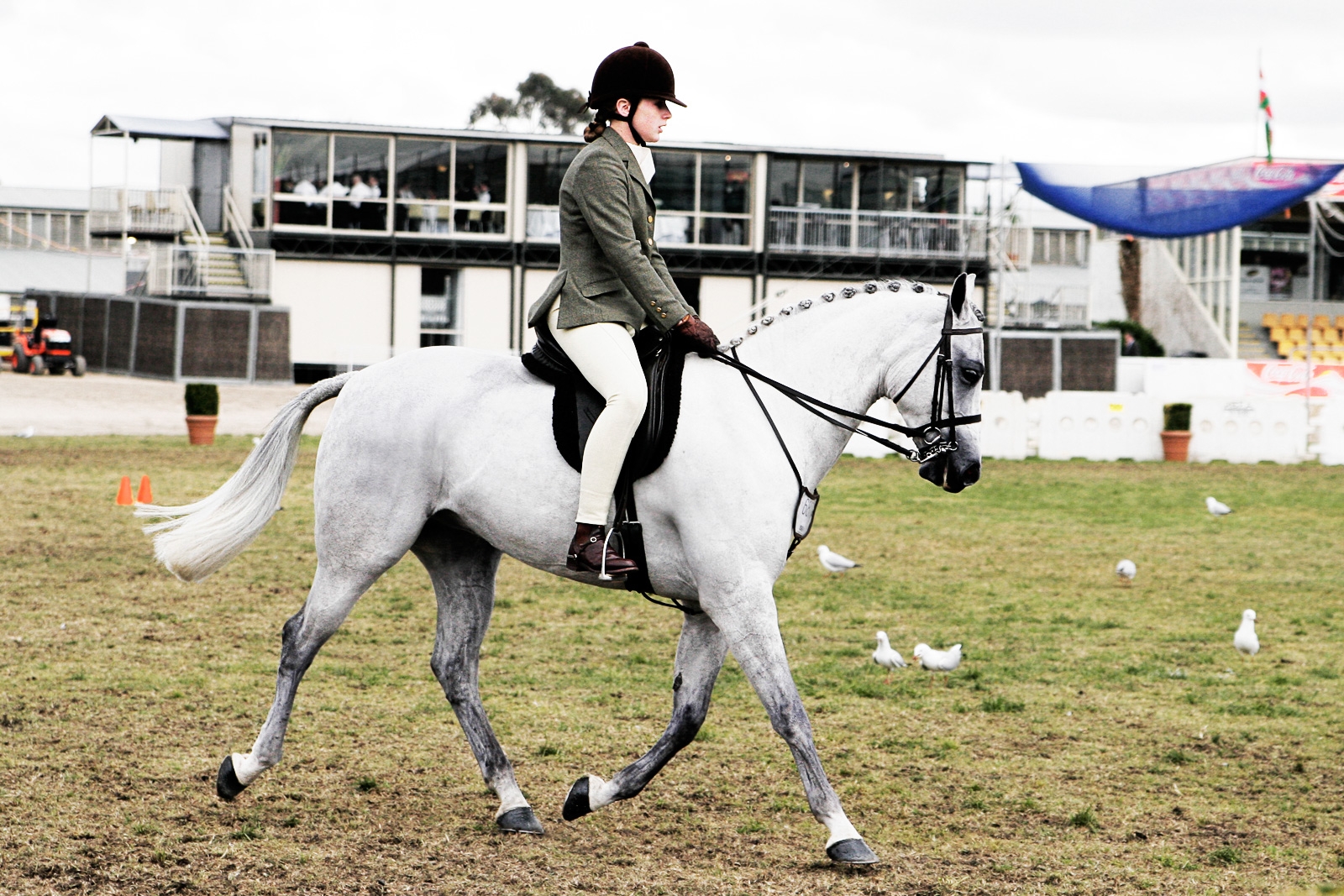The Timeless Art and Sport of Equestrianism

The Timeless Art and Sport of Equestrianism
Equestrianism, often simply referred to as horse riding or horseback riding, embodies a rich tapestry of history, culture, and athleticism that spans millennia. From its origins in ancient civilizations to its modern-day manifestation as an Olympic sport, equestrianism continues to captivate and inspire enthusiasts worldwide.
A Historical Journey
The roots of equestrianism trace back to ancient times, where horses played crucial roles in transportation, agriculture, and warfare. Civilizations such as the Greeks, Romans, and Persians elevated horsemanship to an art form, training both riders and horses for precision and agility in battle and competition.
During the Middle Ages, chivalric ideals further romanticized the relationship between horse and rider, shaping the knightly code and tournaments that showcased equestrian prowess. The Renaissance era saw the refinement of equestrian techniques, as classical riding principles emerged in Europe, emphasizing harmony and communication between horse and rider.
Equestrianism as a Sport
In the 17th and 18th centuries, equestrianism evolved into a structured sport with the establishment of riding schools and formal competitions. The discipline diversified into various styles, including dressage, show jumping, eventing, and endurance riding, each demanding unique skills and specialized training for both horse and rider.
1. Dressage: Often described as "horse ballet," dressage emphasizes the precise execution of movements through subtle cues from the rider, showcasing the horse's grace and obedience.
2. Show Jumping: Combining speed, agility, and precision, show jumping challenges horse and rider to navigate a course of obstacles with finesse and speed.
3. Eventing: A demanding three-phase competition (dressage, cross-country, and show jumping), eventing tests the versatility, endurance, and partnership between horse and rider.
4. Endurance Riding: This discipline tests the stamina and fitness of both horse and rider over long-distance rides, often spanning 50 to 100 miles or more.
The Art of Partnership
Central to equestrianism is the bond between horse and rider—a partnership built on trust, communication, and mutual respect. Riders must possess not only technical skill but also empathy and intuition to understand and respond to their horse's movements and needs.
Training methods emphasize patience and consistency, focusing on developing the horse's natural abilities while refining the rider's balance, posture, and aids. Equestrian sports celebrate this harmonious relationship, where success hinges on the seamless coordination of physical prowess and emotional connection.
Equestrianism Today
Today, equestrianism enjoys global popularity, with competitions ranging from local events to prestigious international championships like the Olympics and the World Equestrian Games. It attracts a diverse community of participants, from recreational riders to elite athletes, each driven by a passion for horses and the pursuit of excellence.
Modern advancements in equipment, veterinary care, and training methods continue to enhance the sport's safety and performance standards while preserving its traditional values and heritage. Equestrian facilities around the world offer opportunities for riders of all ages and skill levels to learn, compete, and forge lifelong friendships within the equestrian community.
Conclusion
Equestrianism transcends mere sport—it embodies a timeless union of human and horse, blending artistry with athleticism in a celebration of skill, grace, and partnership. As it continues to evolve and thrive in the 21st century, equestrianism remains a testament to the enduring bond between mankind and one of its oldest and most majestic animal companions.
- Arts
- Business
- Computers
- Games
- Health
- Home
- Kids and Teens
- Money
- News
- Recreation
- Reference
- Regional
- Science
- Shopping
- Society
- Sports
- Бизнес
- Деньги
- Дом
- Досуг
- Здоровье
- Игры
- Искусство
- Источники информации
- Компьютеры
- Наука
- Новости и СМИ
- Общество
- Покупки
- Спорт
- Страны и регионы
- World


